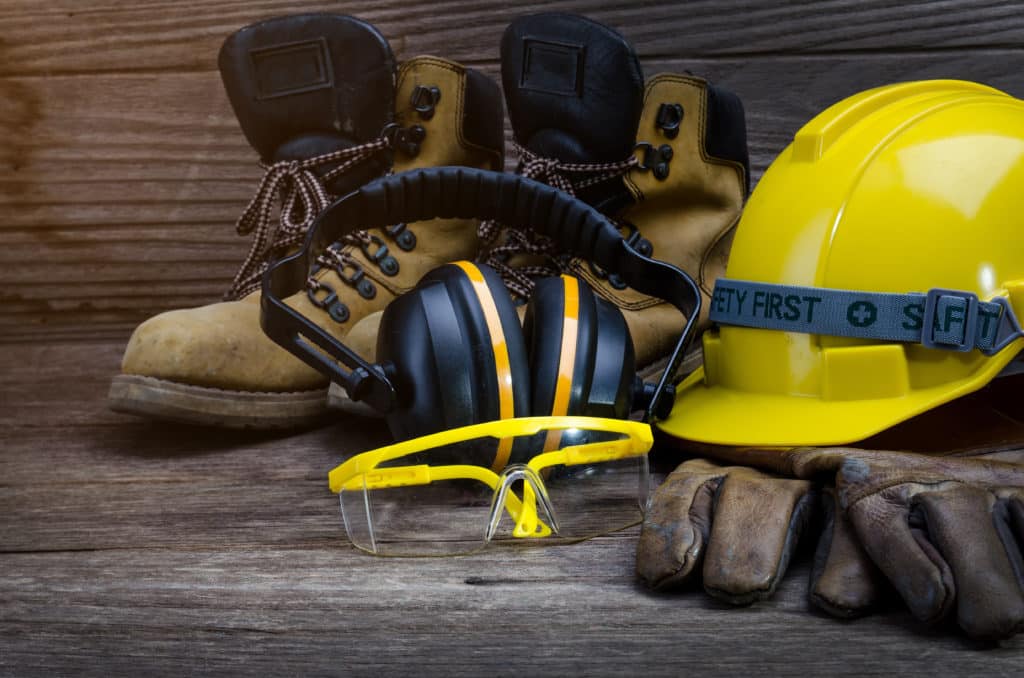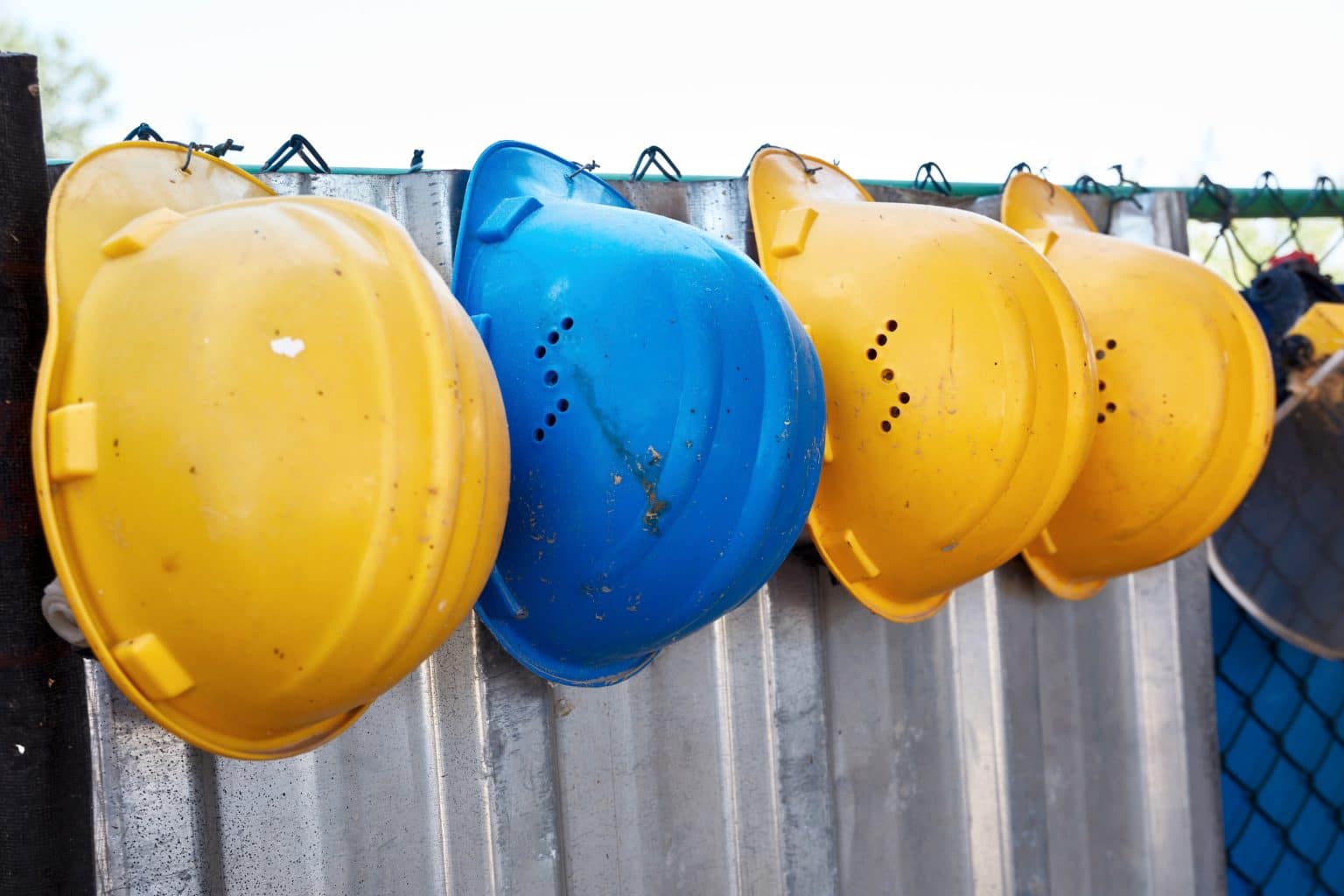The construction industry, while instrumental to the UK’s infrastructure and growth, is also one of the most hazardous sectors to work in.
Despite advancements in safety technology and risk analysis tools, construction remains a high-risk industry – especially if measures are not taken to mitigate against risks on work sites.
This article aims to highlight the essential measures that employers must take to ensure the safety of their workers on construction sites.
Understanding the Risks
In the most recent period accounted for, the construction industry had the second-highest rate of workplace injuries in the UK according to the HSE.
The most common types of injuries were slips and trips, while the incidence rate of falls from a height (19%) was more than double the rate of all industries (8%). Understanding these risks is the first step towards mitigating them.
Implementing Safety Programmes
Employers must establish comprehensive safety programmes that include training on Personal Protective Equipment (PPE), fall protection, manual handling, noise, vibration, skin hazards, biological hazards, fire safety, asbestos, dust, and paint and coatings.
The high-risk nature of construction projects means that companies need to take leadership and create a strong health and safety culture, which also means getting feedback from managers, workers, subcontractors, and customers.

Promoting Mental Health
The need to include mental health in general workplace health and safety has come under focus. The HSE’s Working Minds campaign seeks to “encourage employers to promote good mental health in work.”
The campaign specifically targets businesses in five sectors: agriculture, health, manufacturing, motor trade (repairs), and construction.
The campaign has highlighted five simple steps to help businesses keep on top of staff mental wellbeing.
- Reach out and have conversations
- Recognise the signs and causes of stress
- Respond to any risks identified
- Reflect on actions agreed upon and taken
- Make it Routine
A Little Comfort Goes a Long Way
Comfort is an often-overlooked aspect of worker safety. Heated hoodies, for example, can provide warmth in cold working conditions, reducing the risk of hypothermia and increasing overall comfort.
This not only protects workers’ physical health but also contributes to their mental wellbeing by showing that their comfort is a priority.
Hold Regular Safety Inspections
Regular safety inspections are crucial to identify potential hazards and ensure compliance with safety standards.
Employers must prioritize these inspections to prevent accidents and ensure a safe working environment.
The safety culture in the UK’s construction industry is changing, with more emphasis on safety rules compliance and the use of safety equipment. However, there is still much work to be done.
Employers must continue to prioritize safety, invest in comprehensive safety programmes, promote mental health, ensure worker comfort, and conduct regular safety inspections to protect their workers on construction sites.
